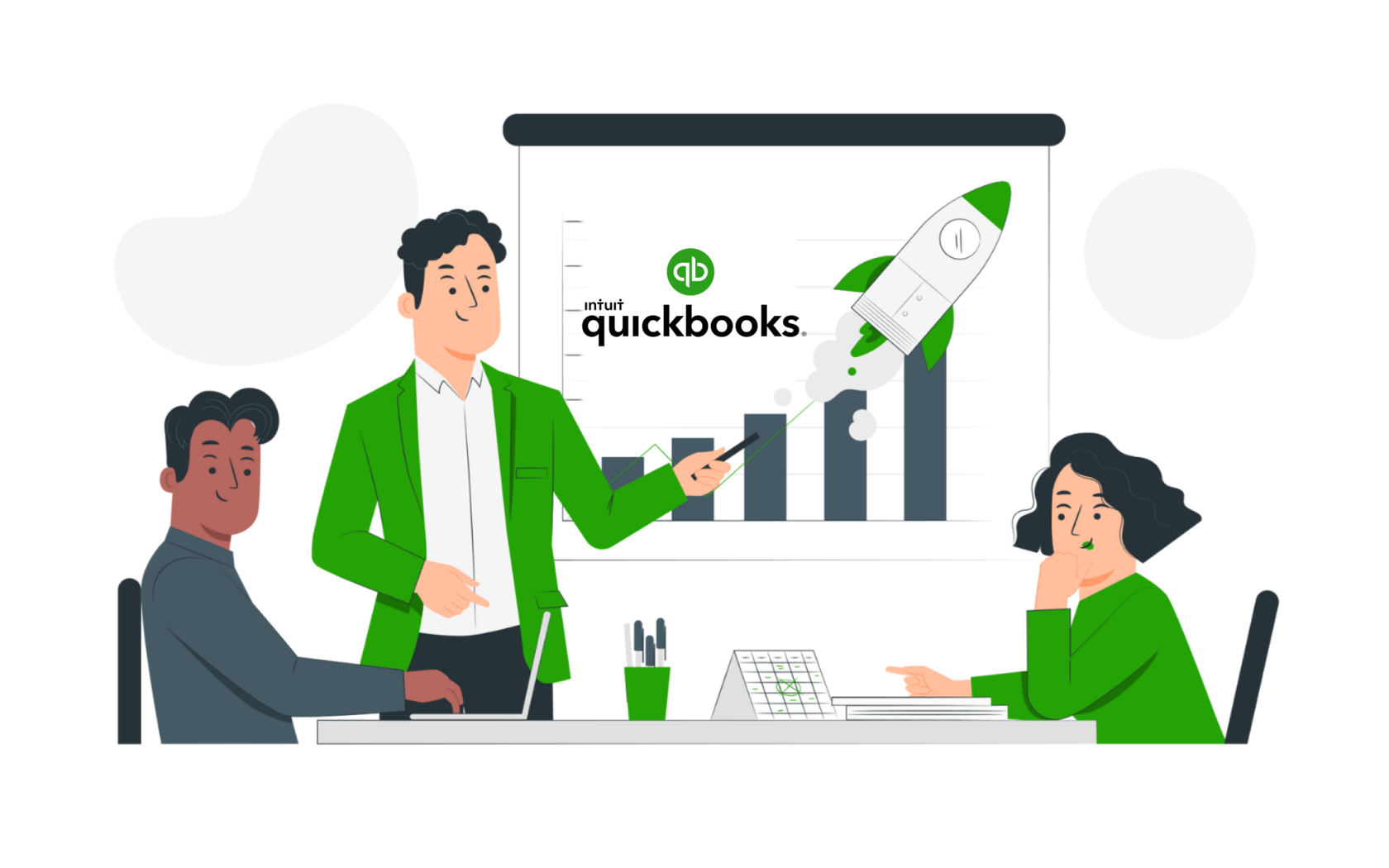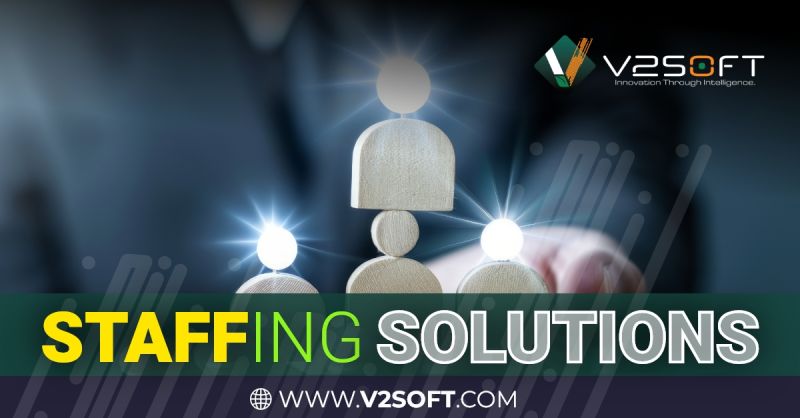As your business grows, you’ll quickly realize that basic bookkeeping tasks like tracking income and expenses may not be enough to meet your evolving needs. That’s where QuickBooks 2025 comes in, offering a suite of advanced features designed to help you manage more complex business operations with ease. From advanced reporting to inventory management and automated workflows, these powerful tools can save you time, reduce errors, and give you deeper insights into your financials.
In this guide, we’ll walk you through some of the most valuable advanced features in QuickBooks 2025. Whether you’re a small business owner or a seasoned accountant, you’ll find these features essential for streamlining your accounting processes and making data-driven decisions.
Why Use Advanced Features in QuickBooks?
QuickBooks is a versatile tool for businesses of all sizes, but it truly shines when you start leveraging its advanced features. Here’s why using these features can elevate your business operations:
- Save Time: Automate repetitive tasks like invoicing, payment reminders, and bank reconciliations.
- Reduce Errors: Automation and smart categorization help prevent costly mistakes in your financial records.
- Better Insights: Advanced reports and dashboards provide in-depth insights into your business’s financial health.
- Streamline Operations: Integrating with third-party software and using advanced workflows can simplify complex tasks like payroll, inventory management, and tax filing.
Let’s dive into the advanced features of QuickBooks 2025 that can help take your business to the next level.
1. Advanced Reporting and Dashboards
One of the key features that sets QuickBooks 2025 apart is its powerful reporting and dashboard capabilities. With access to detailed financial reports and customizable dashboards, you can get a clearer picture of your business’s performance and make smarter financial decisions.
1.1 Customizing Reports
QuickBooks provides a variety of pre-built reports, but sometimes you need more specific data. With custom reporting features, you can create reports tailored to your exact needs.
How to Customize Reports:
- Go to the Reports tab in the left sidebar of QuickBooks.
- Choose from available report templates like Profit & Loss, Balance Sheet, or Sales by Customer.
- Click on Customize at the top of the report screen.
- Select filters such as date range, accounts, or customers to narrow the data.
- Save your custom report for future use or export it as a PDF or Excel file.
1.2 Real-Time Dashboards
QuickBooks’ dashboards allow you to see your key financial metrics at a glance. From cash flow to profit margins, your dashboard can be customized to highlight the data that’s most important for you.
How to Set Up Your Dashboard:
- From the Dashboard screen, click on Customize.
- Choose the widgets you want to display (e.g., income, expenses, outstanding invoices, etc.).
- Adjust the layout and style to suit your preferences.
Dashboards in QuickBooks 2025 update in real-time, giving you a constant snapshot of your financial health.
2. Inventory Management
If your business involves selling physical products, QuickBooks 2025 offers robust inventory management features. These features help you track inventory, create purchase orders, and manage stock levels efficiently, all while syncing with your financial records.
2.1 Setting Up Inventory Tracking
Before you can take full advantage of QuickBooks’ inventory features, you’ll need to set up inventory tracking. Here’s how:
- Go to the Settings menu and select Account and Settings.
- Under the Sales tab, enable the Track inventory quantity on hand feature.
- Enter your inventory items by going to Products and Services and clicking New.
- Add product details such as item type, purchase cost, sales price, and SKU.
Once your inventory is set up, QuickBooks will track stock levels in real-time, helping you avoid overstocking or running out of items.
2.2 Creating Purchase Orders
QuickBooks 2025 allows you to create and manage purchase orders (POs), streamlining your inventory restocking process.
How to Create a Purchase Order:
- Go to the + New button and select Purchase Order under the Vendors section.
- Choose the vendor, select the items you need to order, and specify the quantity.
- Once the PO is complete, you can send it directly to your vendor via email.
- When the order is received, you can convert the PO into an Invoice or Bill to update your inventory and financial records.
3. Automated Workflows
One of the best ways to make your business more efficient is by automating routine tasks. QuickBooks 2025 offers a wide range of automation tools, from recurring invoices to payment reminders.
3.1 Setting Up Recurring Invoices
If you have customers who pay on a regular basis, QuickBooks allows you to set up recurring invoices. This saves you time and ensures you never miss a payment.
How to Set Up Recurring Invoices:
- Go to the + New button and select Recurring Transaction.
- Choose Invoice as the transaction type.
- Fill in the customer, items, and amounts.
- Set the frequency of the invoice (e.g., monthly, quarterly).
- QuickBooks will automatically send the invoice on the scheduled date.
3.2 Automating Payment Reminders
QuickBooks can also send automated payment reminders to customers with outstanding invoices. This helps you stay on top of accounts receivable without manual follow-ups.
How to Set Up Payment Reminders:
- Go to the Settings menu and select Account and Settings.
- Under the Sales tab, enable Payment reminders.
- Customize the reminder message and set the timing (e.g., send a reminder 5 days before the due date).
- QuickBooks will send the reminders automatically, freeing you from chasing late payments.
4. Advanced Payroll Features
Managing payroll manually can be time-consuming and error-prone. QuickBooks 2025 offers advanced payroll features that automate tax calculations, payroll processing, and employee recordkeeping.
4.1 Payroll Tax Calculations
QuickBooks automatically calculates federal, state, and local taxes based on the employee’s payroll setup. It tracks withholding amounts and ensures compliance with tax regulations.
How to Set Up Payroll Taxes:
- Go to the Workers tab and select Employees.
- Add new employees or update existing ones by entering tax information, deductions, and pay rates.
- QuickBooks will automatically calculate the correct tax deductions during payroll processing.
4.2 Direct Deposit and Automatic Tax Payments
QuickBooks 2025 makes payroll even easier by allowing you to pay employees via Direct Deposit and pay taxes directly to the IRS and state tax agencies.
How to Set Up Direct Deposit:
- Go to Payroll Settings and enable Direct Deposit.
- Add employee bank account information for payroll processing.
- QuickBooks will handle the payment directly to your employees’ accounts.
How to Pay Taxes:
- QuickBooks will calculate your payroll tax liabilities based on the pay period.
- When it’s time to pay taxes, QuickBooks will automatically file and pay them to the appropriate tax agencies, ensuring compliance and avoiding penalties.
5. Advanced Customization Options
QuickBooks 2025 allows you to customize your invoices, estimates, and other forms to match your branding. Custom templates allow you to create professional-looking documents that align with your company’s style.
5.1 Customizing Templates
To customize an invoice or estimate:
- Go to the Settings menu and select Custom Form Styles.
- Choose the form type (e.g., Invoice, Estimate).
- Select Edit to customize the layout, colors, fonts, and logos.
- Save your customized template for future use.
This feature is especially useful for businesses that need to maintain a professional image with clients.
Final Thoughts
The advanced features in QuickBooks 2025 are designed to help you streamline your accounting processes, automate routine tasks, and gain deeper insights into your financials. Whether you’re looking to improve your reporting capabilities, automate invoicing, manage payroll, or track inventory, QuickBooks has the tools to make your business more efficient and less time-consuming.
By taking the time to explore and implement these features, you’ll be able to unlock the full potential of QuickBooks and free up more time to focus on growing your business.




